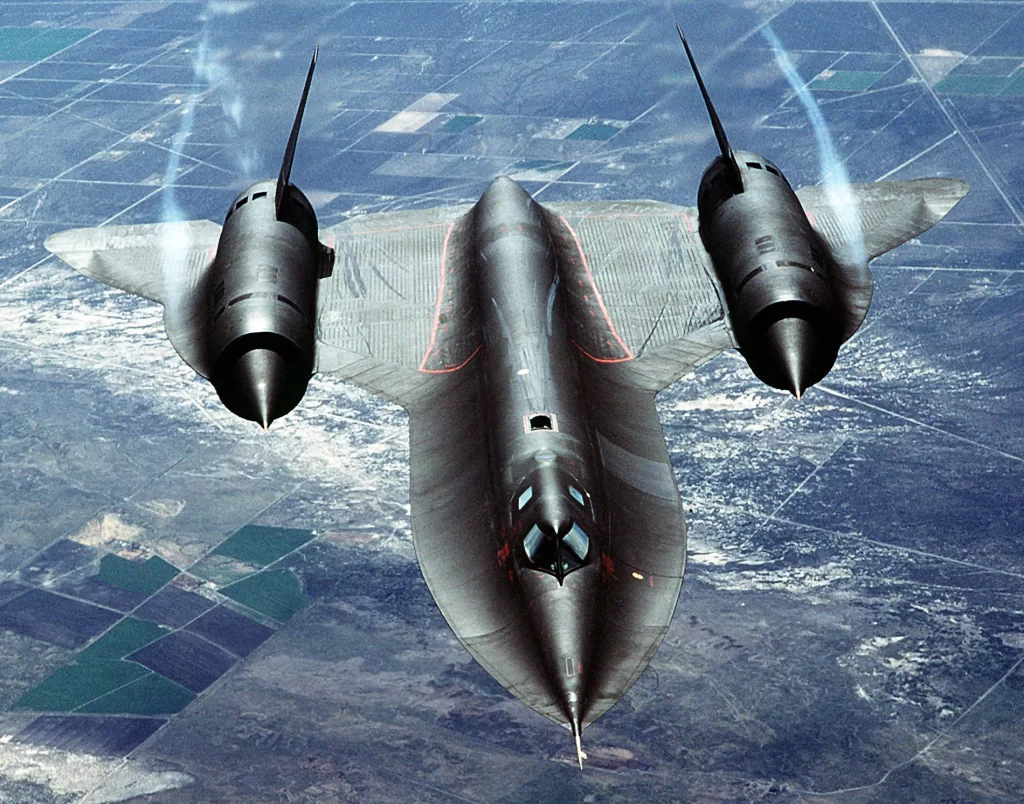INTRODUCTION:

A blended wing body (BWB), also known as blended body, hybrid wing body (HWB) or a lifting aerofoil fuselage, is a fixed-wing aircraft having no clear dividing line between the wings and the main body of the craft.The aircraft has distinct wing and body structures, which are smoothly blended together with no clear dividing line.This contrasts with a flying wings, which has no distinct fuselage, and a lifting body, which has no distinct wings. A BWB design may or may not be tailless.
WORKING:
A “blended wing body” (BWB) aircraft works by seamlessly merging the fuselage and wings into a single, large airfoil shape, essentially creating a flying wing design where the entire aircraft contributes to lift generation, leading to improved aerodynamic efficiency and potentially significantly reduced fuel consumption compared to traditional aircraft with separate fuselage and wings; this is achieved by using a wide, flattened fuselage that smoothly transitions into the wing structure, maximizing lift production across the entire aircraft body.
HOW IT WORKS IN PRACTICE:
- Airflow management:The smooth transition between the fuselage and wings optimizes airflow, minimizing turbulence and drag.
- Lift distribution:The entire blended wing surface contributes to lift generation, distributing the load more evenly across the aircraft.
- Engine placement:Engines are often integrated into the body of the aircraft, further enhancing aerodynamics.

TECHNOLOGY:
Blended wing body (BWB) technology uses advanced materials, propulsion, flight controls, and acoustics to reduce fuel burn and noise.
1.Materials
- Advanced composites: Create lightweight, efficient, flat-sided pressure cabins
- Superconducting electric motors: Drive distributed fans to reduce fuel burn, emissions, and noise
- Gas-turbine-driven superconducting electric generators: Power the electric fans
2.Propulsion
- Ultra-high bypass ratio engines: Integrate propulsion and aerodynamics
- Hybrid energy systems: Use fuel cells and hybrid fuel cells to achieve sustainability
3.Flight controls
- Adaptive controls: Improve flight control and actuation systems
4.Acoustics
- Acoustic shielding: Reduce noise
5.Boundary layer ingested inlets: Improve BWB performance
6.Distributed propulsion: Improve BWB performance
ADVANTAGE:
- Fuel efficiency: BWBs can be more than 20% more fuel efficient than conventional aircraft.
- Noise reduction: BWBs can be quieter, which can improve quality of life for nearby residents.
- Payload capacity: BWBs can carry more cargo or passengers.
- Aerodynamic efficiency: BWBs have a more streamlined shape that reduces drag.
- Manufacturing costs: BWBs have fewer parts and lower manufacturing costs.
DISADVANTAGE:
- Emergency evacuations: The unique layout of BWBs can make emergency evacuations more difficult.
- Seating: BWBs may have theater-style seating instead of tubular seating, which limits the number of exit doors.
- Windows: Some BWBs may be windowless, or windows may be positioned differently.
- Gust sensitivity: BWBs may be sensitive to gusts.
- Repairability: BWBs may be more difficult to repair.
- Size: BWBs may be limited in size.
- Runway and taxiway width: BWBs may require wider runways and taxiways
USES:
Military
- BWB aircraft can transport forces and cargo quickly and efficiently over long distances
- BWB aircraft can reduce fuel consumption and operational costs, which is important for the military’s budget
Commercial
- BWB aircraft can carry more passengers and cargo
- BWB aircraft can improve aerodynamic efficiency, which can reduce gas emissions and improve the global environment
Research
- BWB aircraft can be used to study the aerodynamic advantages of flying wings combined with the loading capabilities of traditional aircraft
- BWB aircraft can be used to study the stability and control of vortex-dominated flows
Other uses
- BWB aircraft can reduce weight and have a lower impact on the environment

